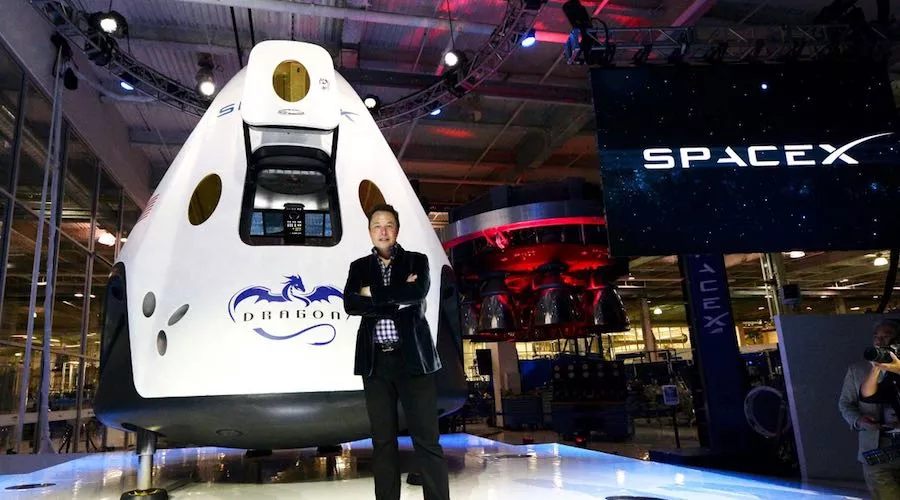SpaceX Plans Worldwide Gigabit Speed Internet With 4,425 Satellites

Short Bytes: Just like OneWeb and Airbus, SpaceX is planning to develop a worldwide internet network with more than 4,000 low-orbit satellites. The satellites will be about the size of an average car and they’ll be used to deliver a wide range of communication services. At the moment, SpaceX hasn’t revealed the launch date of these satellites.
Elon Musk is gearing up for leaving a greater impact on planet Earth’s internet using masses. His company SpaceX has outlined its plans to bring faster internet access to the entire world. SpaceX plans to do this by launching lots of satellites into low-Earth orbits.SpaceX has asked for the US government’s permission to launch as much as 4,425 satellites. Elon Musk was planning to work on this initiative since early 2015. Back then, he estimated that the project would cost $10 billion and take about 5 years to complete.
It should be noted that similar networks are under development by OneWeb and Airbus.
Apart from the technical details, the latest documents don’t mention any cost-related information. The FCC filings show that the proposed network will begin with the launch of 800 satellites, which will work to expand the internet connectivity across the United States.
A space-based alternative to cable, fiber-optics and other terrestrial internet
The proposed satellites will be about the size of an average car and weigh 850 pounds (386 kg). They’ll be launched into orbits ranging from 714 miles to 823 miles (1,150-1,325 km).
The filing says that the system is “designed to deliver a wide range of broadband and communications services for residential, commercial, institutional, government and professional users worldwide.”
SpaceX hopes to deliver an alternative to the current cable and fibre optics means of delivering the internet. The company hasn’t provided any details regarding the launch date of the network.
Did you find this article interesting? Don’t forget to drop your feedback in the comments section below.
Also Read: How Will Elon Musk’s SpaceX Get Us To Mars?





